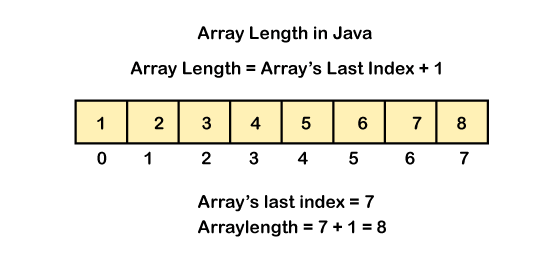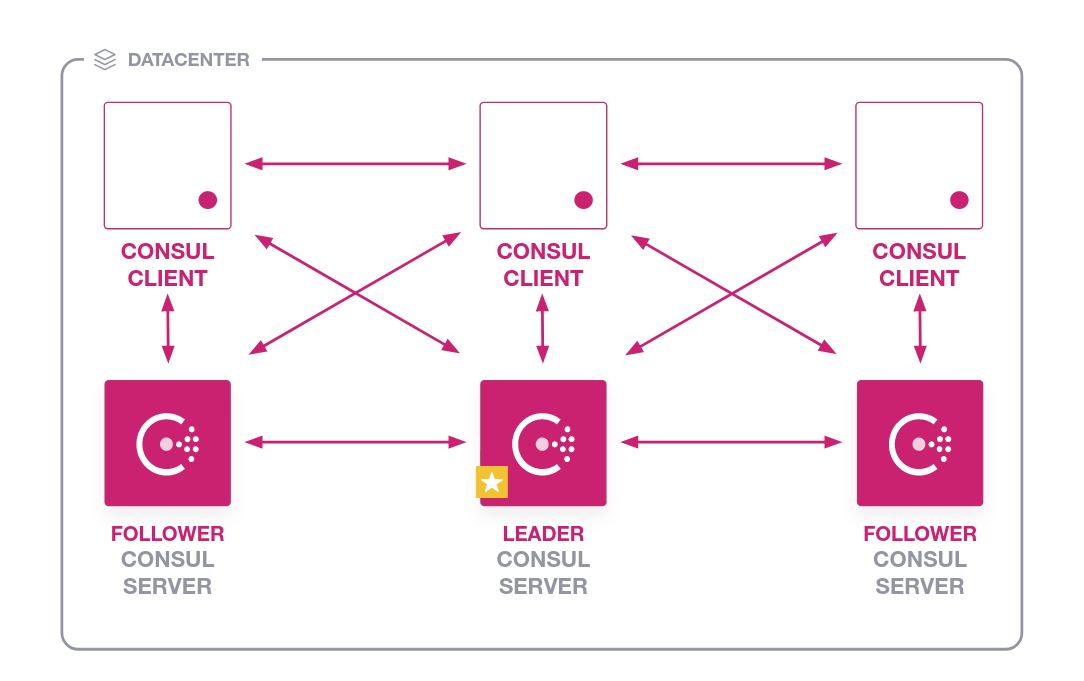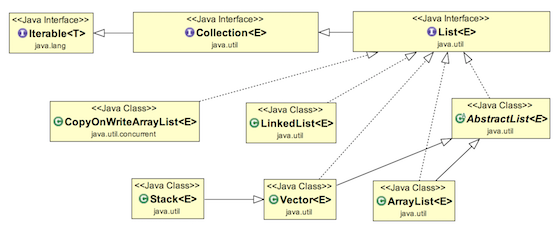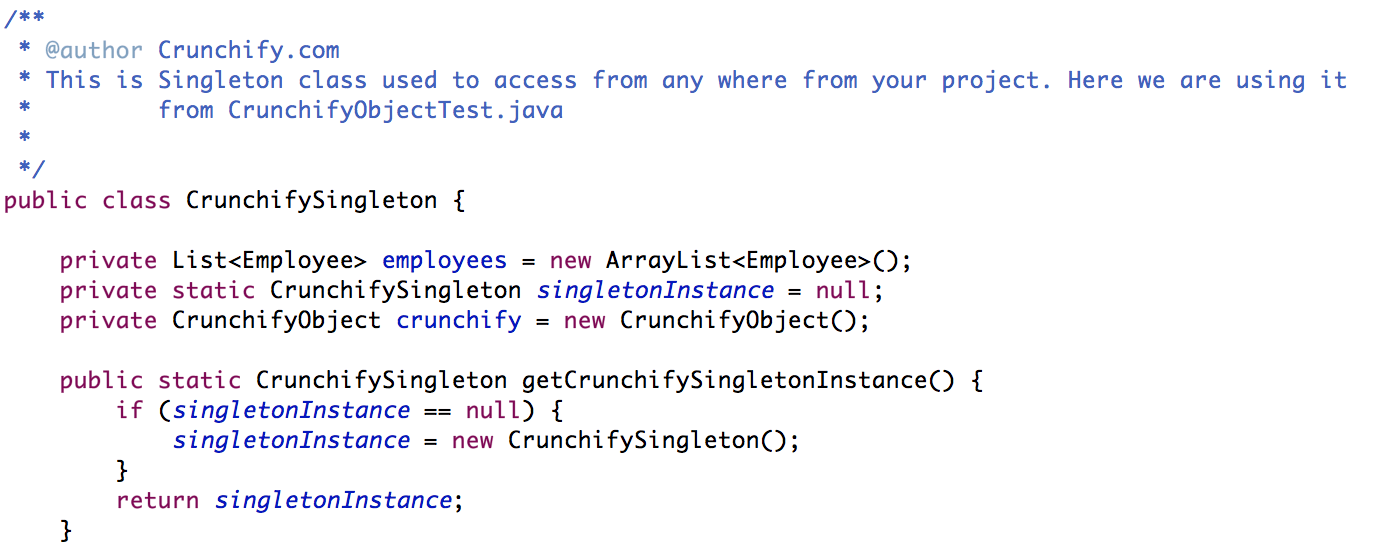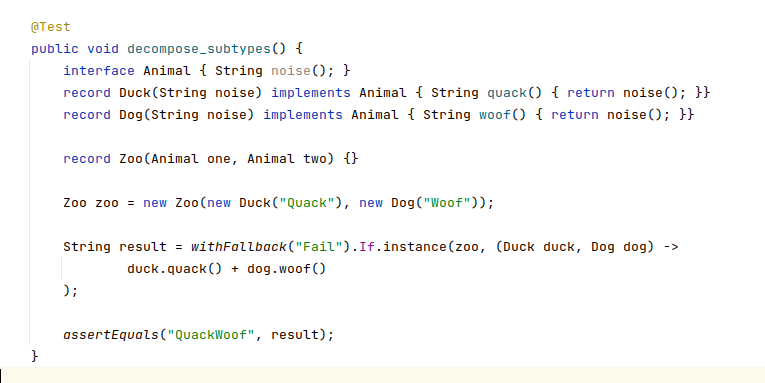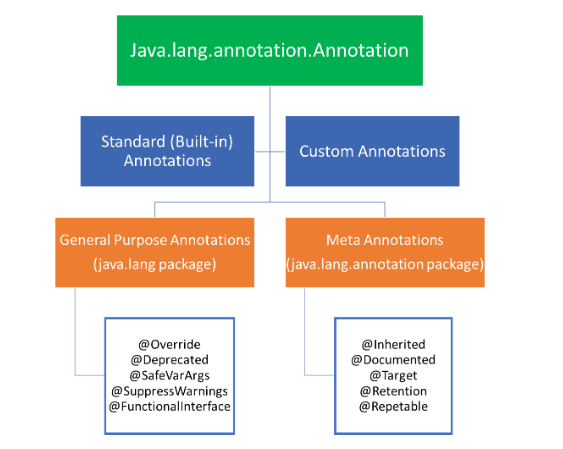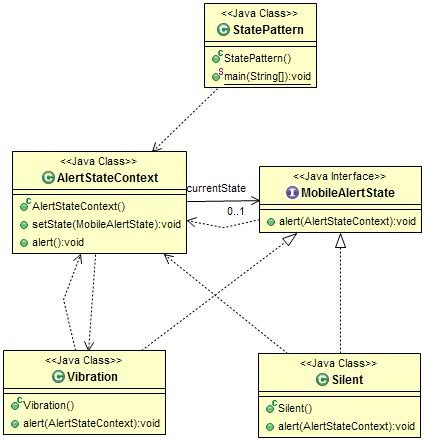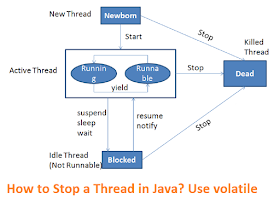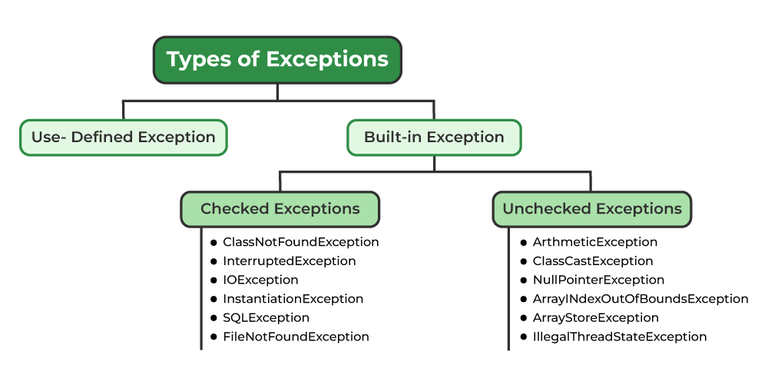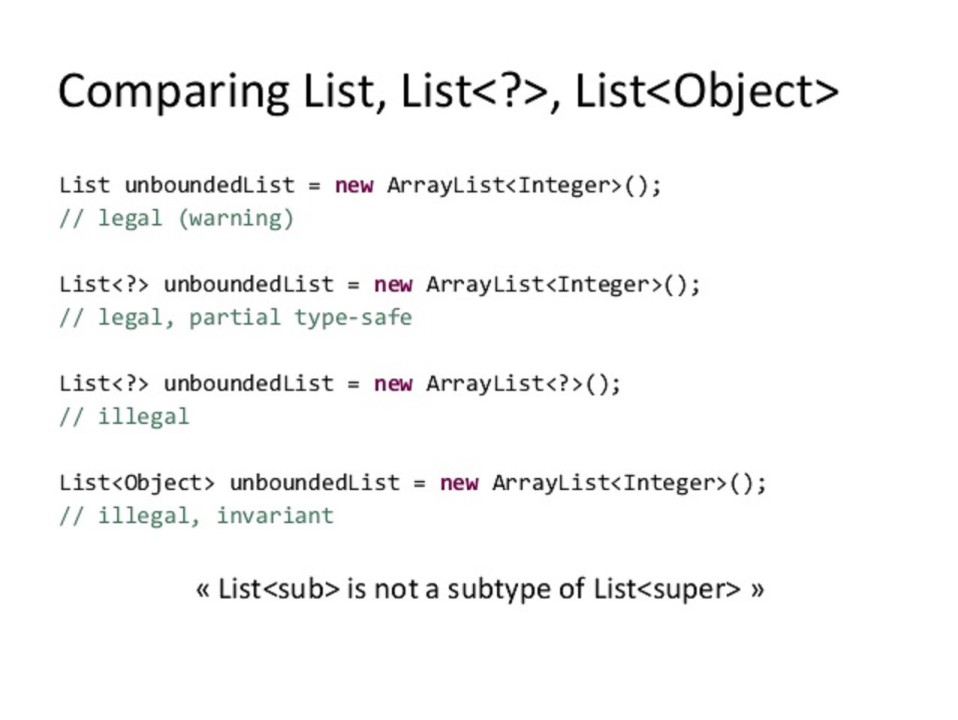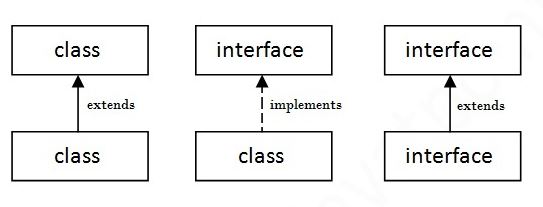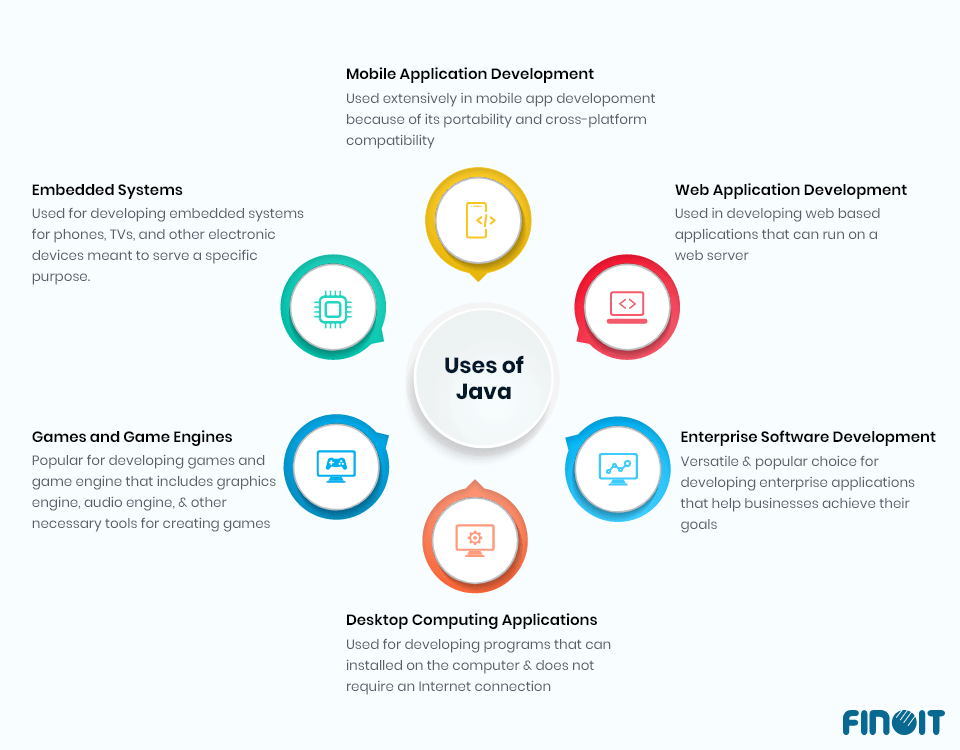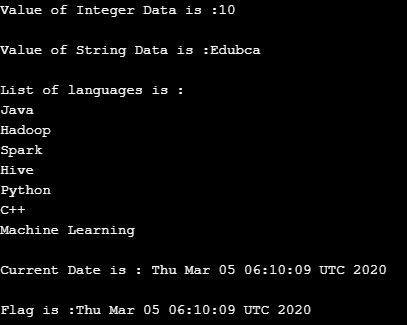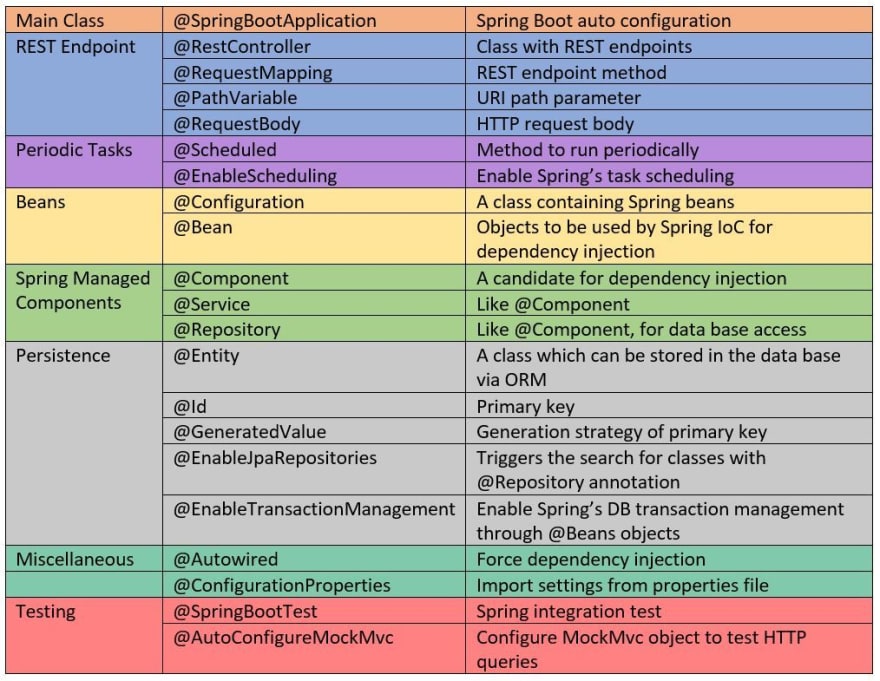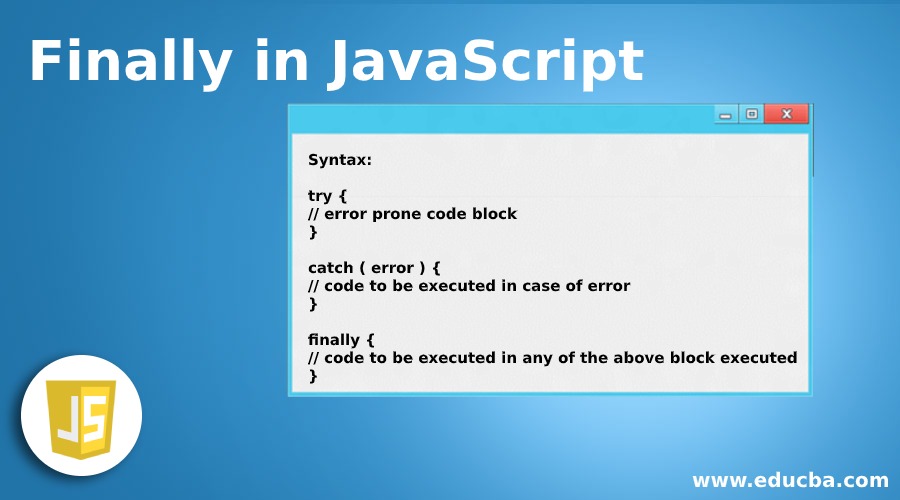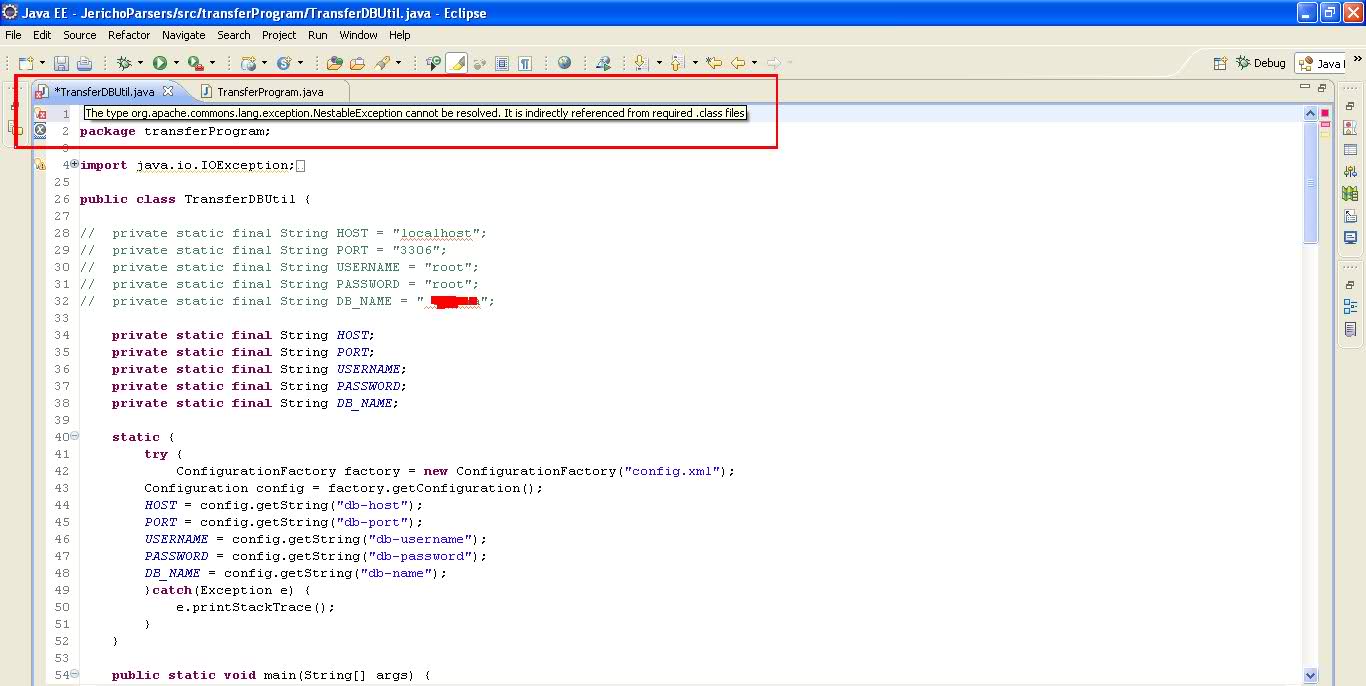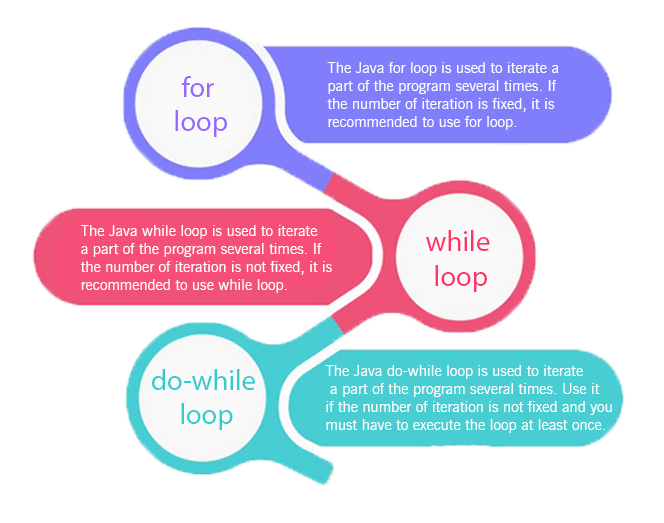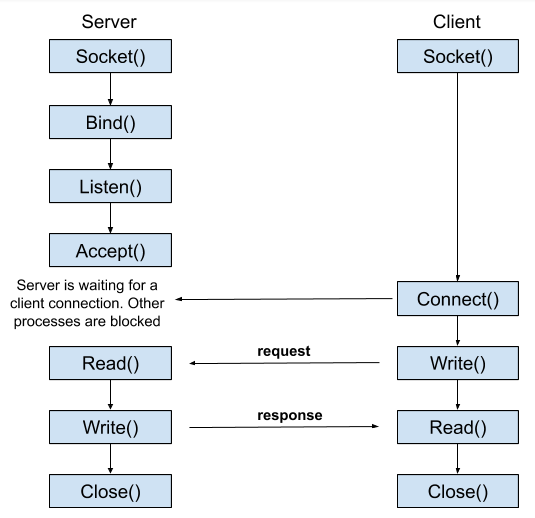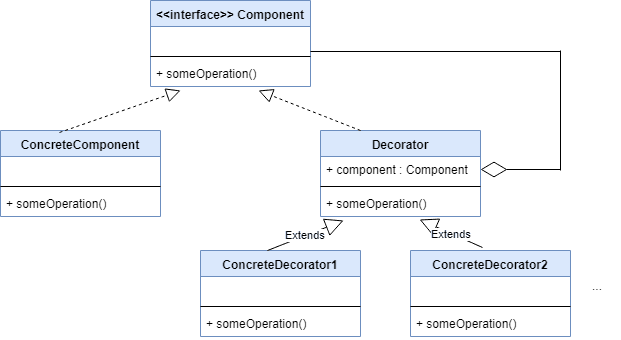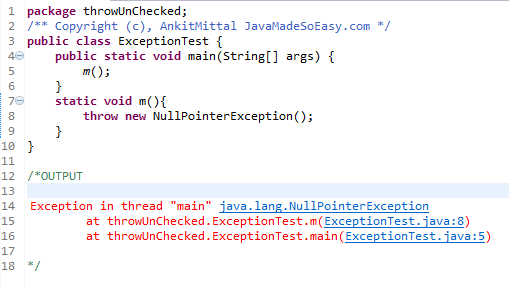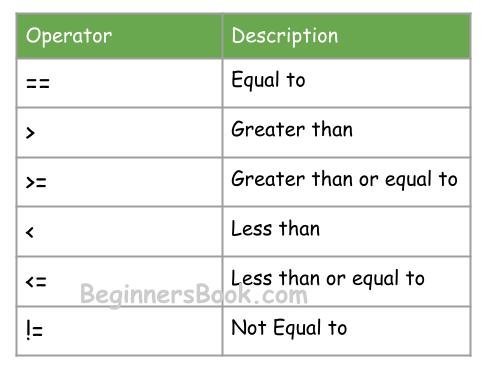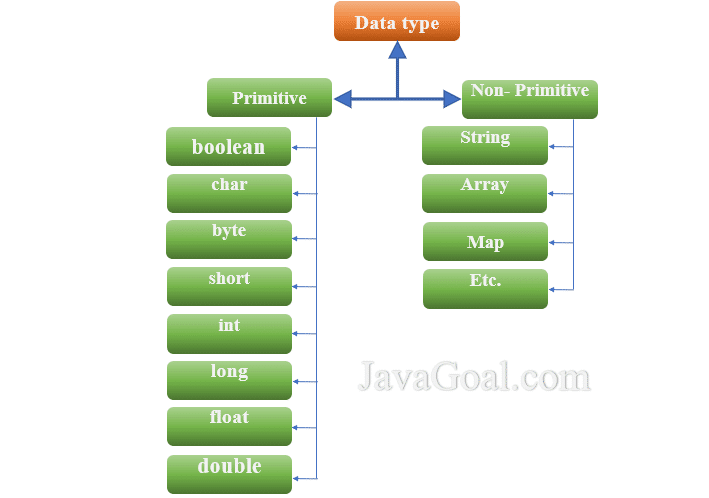What is an observer in java with example
What is an observer in java with example
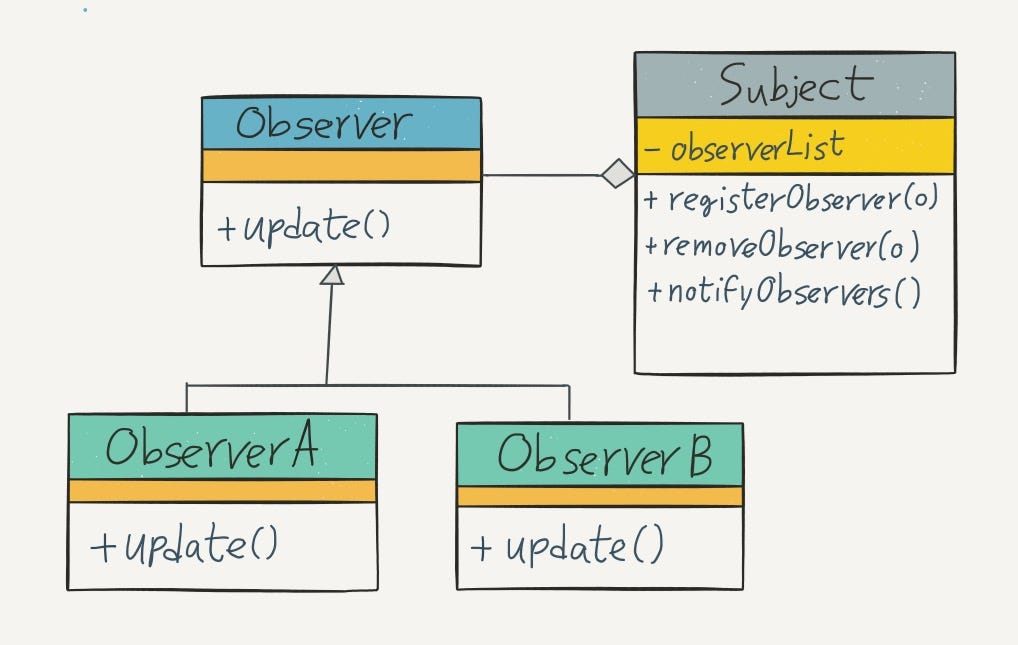
I'd be happy to explain what an Observer pattern is in Java and provide an example.
What is the Observer Pattern?
The Observer pattern is a behavioral design pattern that allows objects to notify other objects about changes to their state. It's used when you want to keep multiple objects informed about the state of another object without having them tightly coupled. This pattern promotes loose coupling between the observer (the one watching) and the observed, making it easy to add or remove observers without affecting the observed.
In Java, the Observer pattern is implemented using the Observer interface and the Observable class from the java.util package. The core idea is that an Observable object maintains a list of Observer objects, which are notified about state changes by calling their update() method.
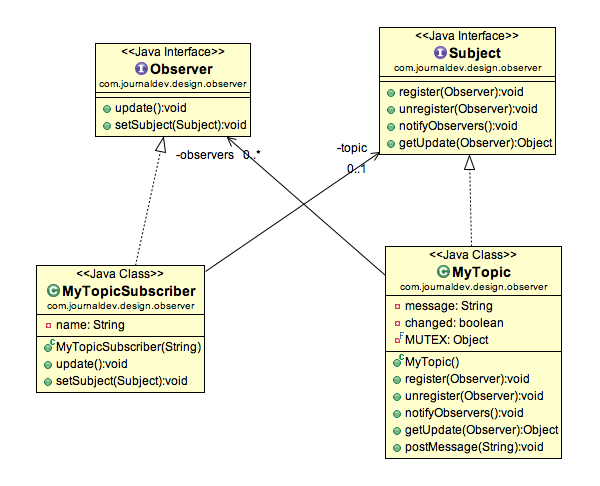
Example: A Simple Chat Application
Let's create a simple chat application where users can subscribe to receive updates when new messages are posted:
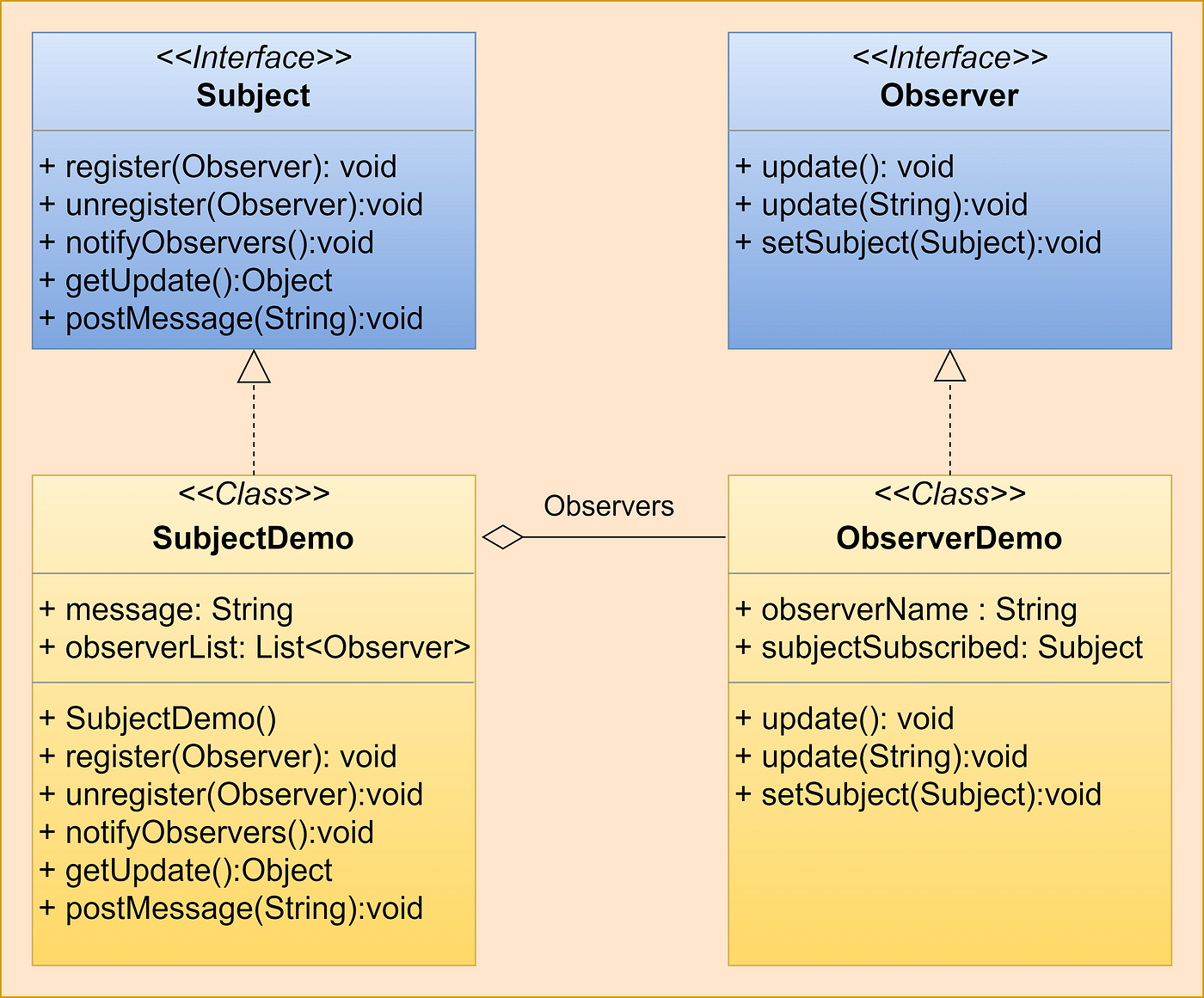
import java.util.Observable;
import java.util.Observer;
public class ChatApplication extends Observable {
private String message;
public void sendMessage(String message) {
this.message = message;
setChanged(); // indicate that the state has changed
notifyObservers(); // notify all observers about the change
}
public String getMessage() {
return message;
}
}
public class ChatObserver implements Observer {
private final ChatApplication chatApp;
public ChatObserver(ChatApplication chatApp) {
this.chatApp = chatApp;
chatApp.addObserver(this); // register as an observer
}
@Override
public void update(Observable observable, Object arg) {
if (observable instanceof ChatApplication) {
ChatApplication chatApp = (ChatApplication) observable;
System.out.println("New message: " + chatApp.getMessage());
}
}
}
public class Main {
public static void main(String[] args) {
ChatApplication chatApp = new ChatApplication();
// create observers
ChatObserver observer1 = new ChatObserver(chatApp);
ChatObserver observer2 = new ChatObserver(chatApp);
// post a few messages
chatApp.sendMessage("Hello!");
chatApp.sendMessage("How are you?");
// unsubscribe an observer
chatApp.deleteObserver(observer1);
// post another message
chatApp.sendMessage("Goodbye!");
}
}
In this example:
ChatApplication is the Observable that maintains a list of Observer objects. It has a sendMessage() method that notifies all observers about new messages. ChatObserver is an Observer that prints out the new message when notified by the ChatApplication. In Main, we create a few instances of ChatObserver and register them with the ChatApplication. When messages are sent, the observers receive updates and print out the new messages.
The Observer pattern in Java makes it easy to decouple objects that need to communicate without creating tight coupling. This promotes modularity and maintainability in your code.
Observer pattern java
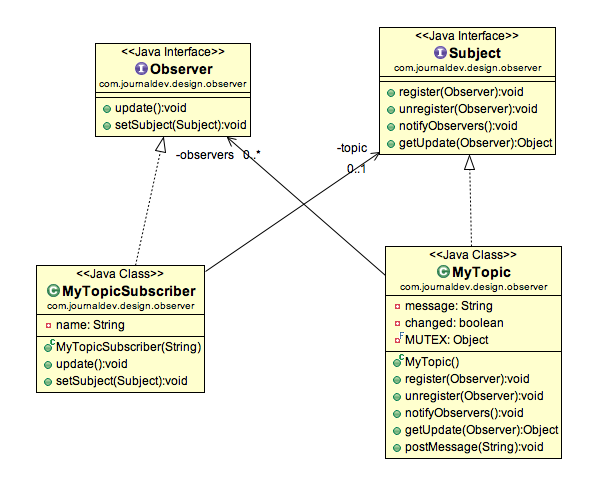
I'll make sure to respond in English this time!
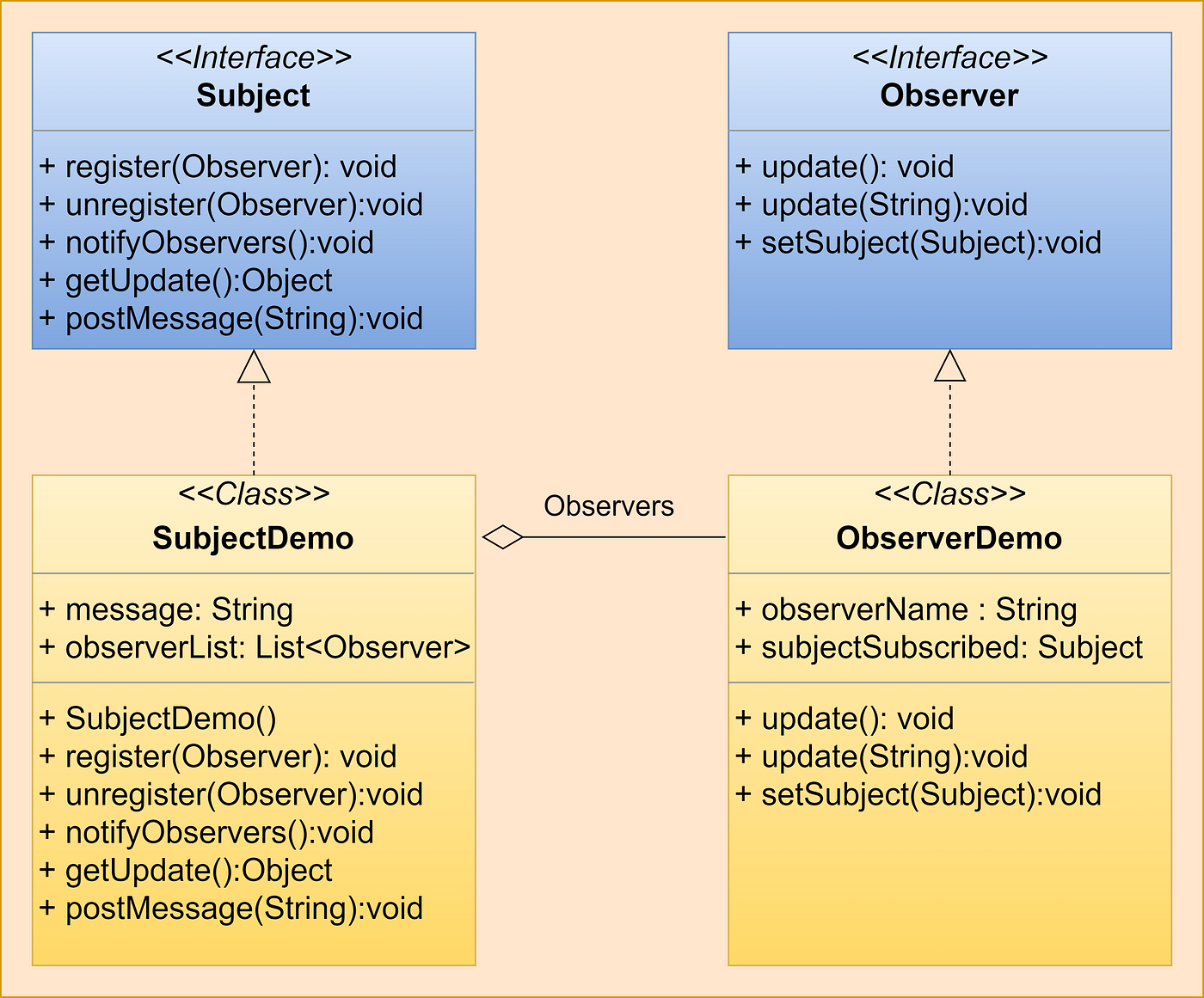
The Observer design pattern is a behavioral design pattern that allows an object to notify other objects about changes to its state. This pattern enables loose coupling between the object being observed (the subject) and the objects that are interested in the subject's state (the observers).
In Java, the Observer pattern can be implemented using three main components:
Subject: This is the object whose state is being observed. The subject maintains a list of its observers and provides methods for adding, removing, and notifying observers. Observer: This is an object that wants to receive notifications from the subject when its state changes. Observers register themselves with the subject by calling a method such asattach() or register(). ConcreteObserver: This is a specific implementation of the Observer interface. It receives notifications from the subject and reacts accordingly.
Here's an example of how you might implement the Observer pattern in Java:
// The Subject (WeatherStation)
public class WeatherStation {
private List observers;
public void addObserver(Observer observer) {
this.observers.add(observer);
}
public void removeObserver(Observer observer) {
this.observers.remove(observer);
}
public void notifyObservers() {
for (Observer observer : this.observers) {
observer.update();
}
}
// Other methods and variables
}
// The Observer (WeatherDisplay)
public interface Observer {
void update();
}
// ConcreteObserver (WeatherDataDisplay)
public class WeatherDataDisplay implements Observer {
public void update() {
System.out.println("Weather data updated!");
// Code to display the weather data goes here
}
}
// AnotherConcreteObserver (AlarmSystem)
public class AlarmSystem implements Observer {
public void update() {
System.out.println("ALARM! Weather alert triggered!");
// Code to trigger the alarm system goes here
}
}
In this example, WeatherStation is the subject that maintains a list of observers. Observer is the interface implemented by the concrete observers (WeatherDataDisplay and AlarmSystem). When the weather station's state changes, it notifies all its registered observers.
To use these classes:
public class Main {
public static void main(String[] args) {
WeatherStation weatherStation = new WeatherStation();
WeatherDataDisplay weatherDataDisplay = new WeatherDataDisplay();
AlarmSystem alarmSystem = new AlarmSystem();
// Register the observers
weatherStation.addObserver(weatherDataDisplay);
weatherStation.addObserver(alarmSystem);
// Simulate weather data updates
for (int i = 0; i < 5; i++) {
weatherStation.notifyObservers();
System.out.println("Weather update: " + i);
try { Thread.sleep(1000); } catch (InterruptedException e) {}
}
}
}
In this example, we create a weatherStation and two observers (weatherDataDisplay and alarmSystem). We then register the observers with the weather station. Finally, we simulate five weather updates by calling notifyObservers() on the weather station. Each update triggers the update() method in each observer, which reacts accordingly.
The Observer pattern decouples the subject from its observers, allowing them to communicate without a direct link between the two. This leads to more flexible and maintainable code!

